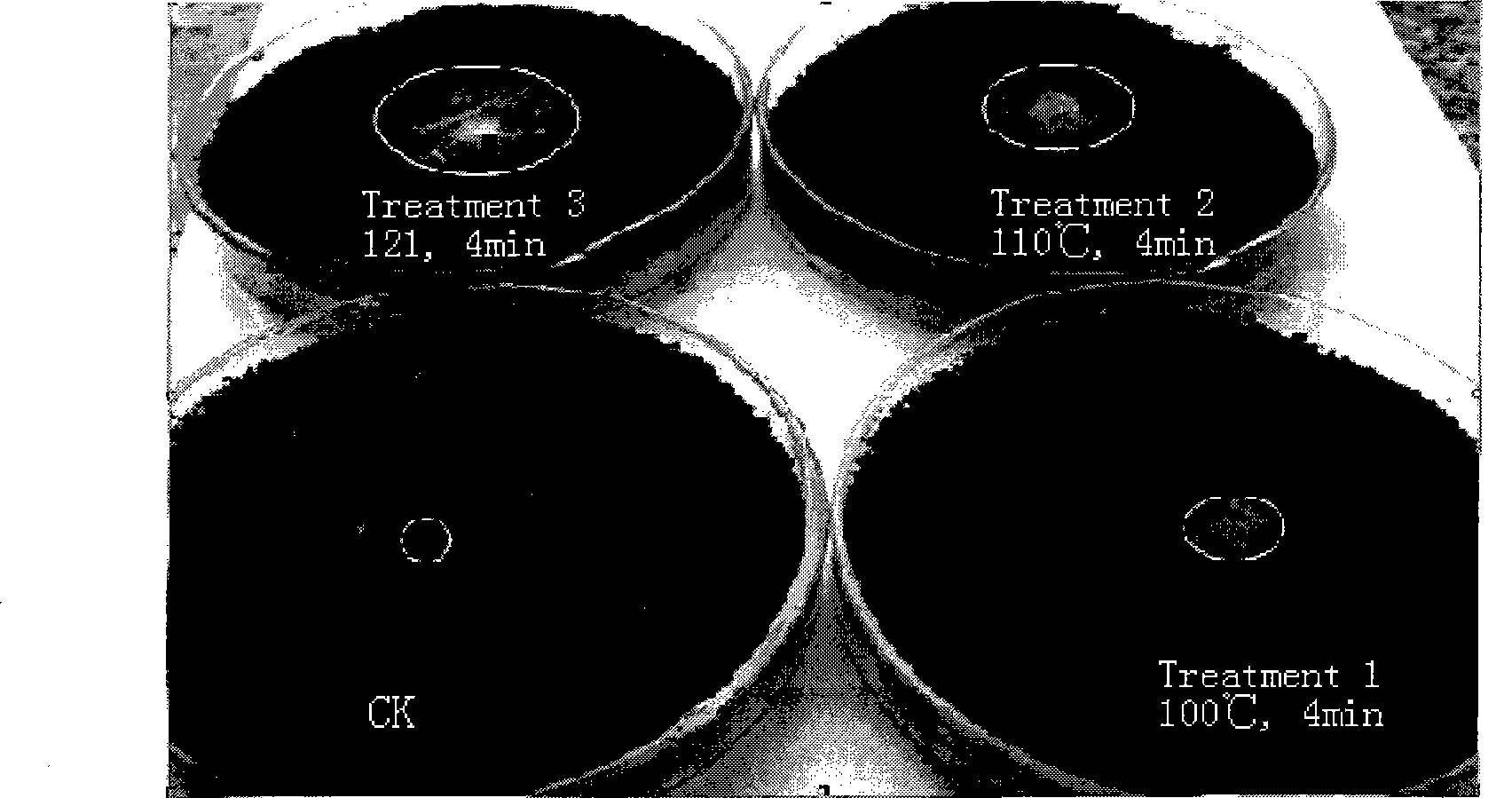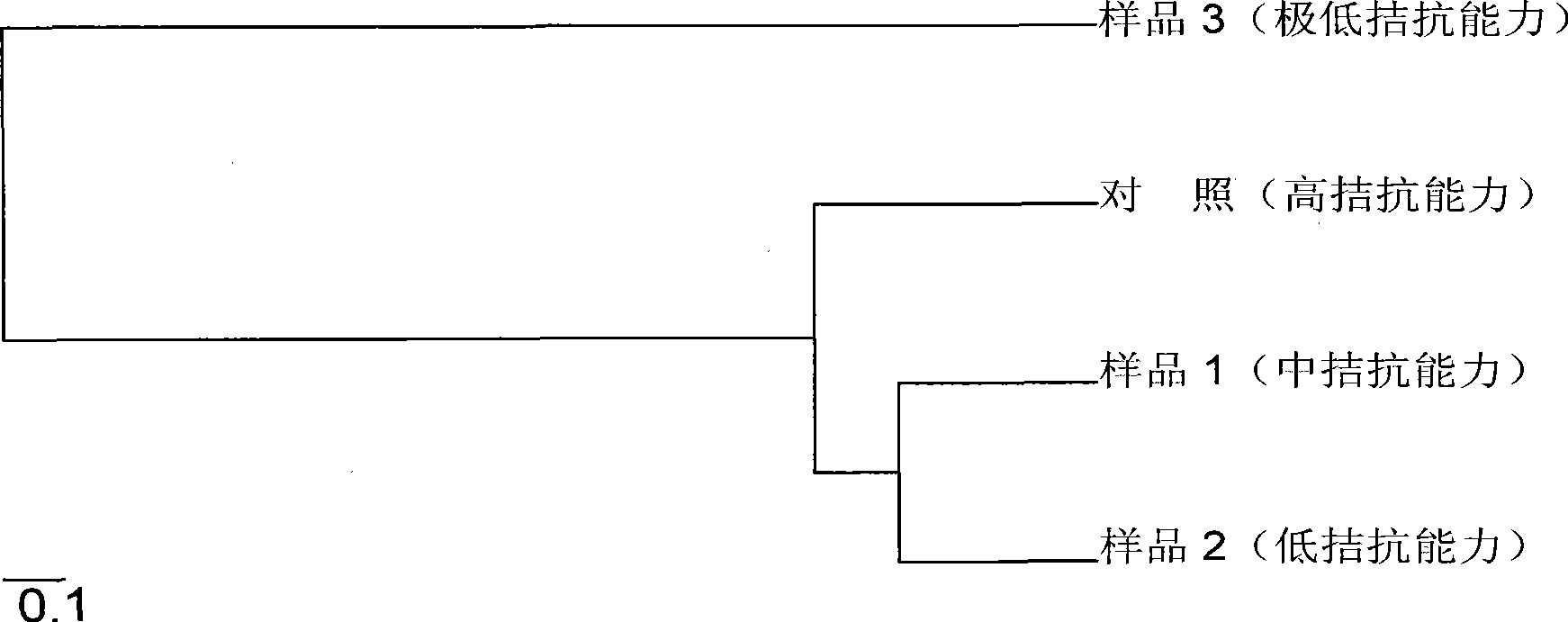Method for constructing soil fungal antagonism model
A construction method and fungal technology, which are applied in the field of soil fungal antagonistic model construction, can solve the problems of differences in soil fungal antagonistic functions, and it is difficult to study the influencing factors of fungal antagonistic functions, etc. wide effect
- Summary
- Abstract
- Description
- Claims
- Application Information
AI Technical Summary
Problems solved by technology
Method used
Image
Examples
Embodiment 1
[0020] Construction of an antagonistic model of soil fungi
[0021] The construction method of the soil fungal antagonism model: the collected soil samples are subjected to high pressure and high temperature to establish a soil fungal antagonism model in which the soil anti-fungal ability gradually decreases, and the construction is carried out through the following steps:
[0022] 1) collecting soil samples;
[0023] 2) High pressure and high temperature treatment of soil samples;
[0024] 3) Detect fungal antagonistic function;
[0025] The soil sample in the step 1) is soil without plant diseases; in the step 2), the soil sample is divided into 4 parts, 1 part is an untreated blank control, and the other 3 parts are respectively in an autoclave at 100 ° C, Treat at 110°C and 121°C for 4 minutes; Step 3) Insert the soil samples after high temperature and high pressure treatment into the agarose mycelia blocks of Fusarium graminearum, and test the mycelium after culturing a...
Embodiment 2
[0036] The difference from Example 1 is:
[0037] The soil sample used was black soil collected by Heilongjiang Hailun Ecological Experimental Station, and then the model was constructed according to the operation steps of Example 1.
[0038] After verification, it can be known that in the black soil collected by the Hailun Ecological Experiment Station in Heilongjiang, it was found that the bacteria represented by the clones with the highest similarity to Alphaproteobacteria, Betaproteobacteria, Burkholderia, Pseudomonas, Bacillus, and Xanthomonas played a decisive role in the antagonistic function of soil fungi.
PUM
 Login to View More
Login to View More Abstract
Description
Claims
Application Information
 Login to View More
Login to View More - R&D
- Intellectual Property
- Life Sciences
- Materials
- Tech Scout
- Unparalleled Data Quality
- Higher Quality Content
- 60% Fewer Hallucinations
Browse by: Latest US Patents, China's latest patents, Technical Efficacy Thesaurus, Application Domain, Technology Topic, Popular Technical Reports.
© 2025 PatSnap. All rights reserved.Legal|Privacy policy|Modern Slavery Act Transparency Statement|Sitemap|About US| Contact US: help@patsnap.com


